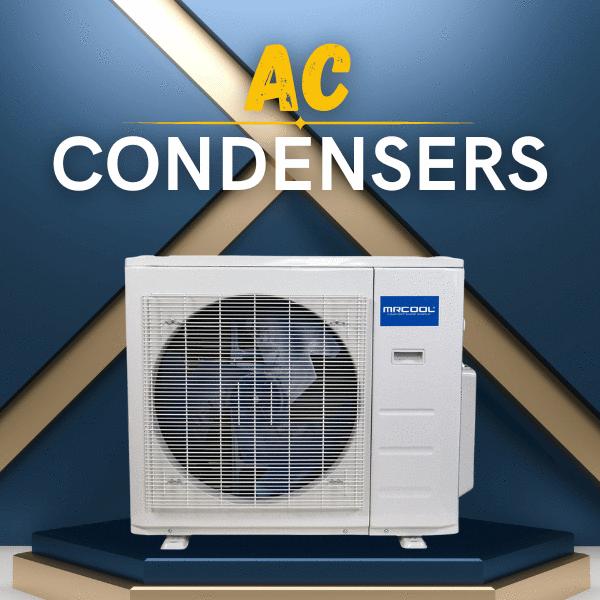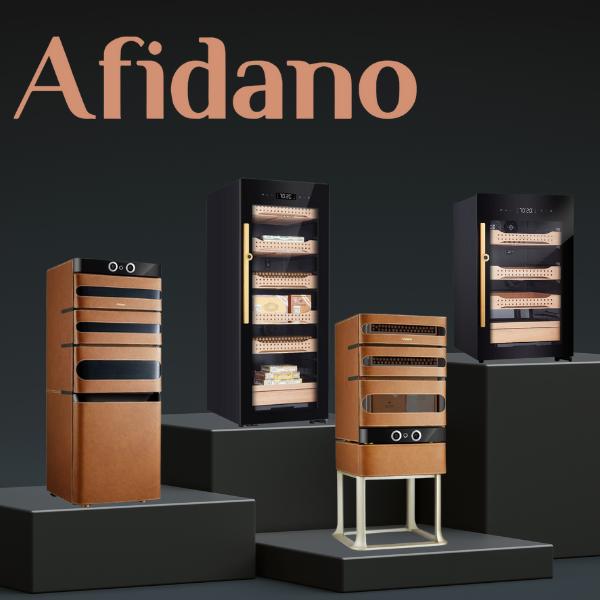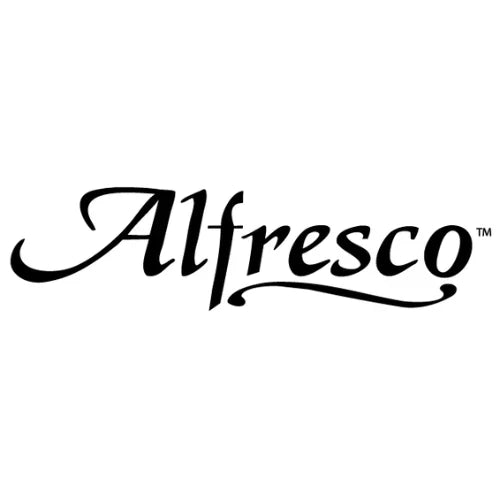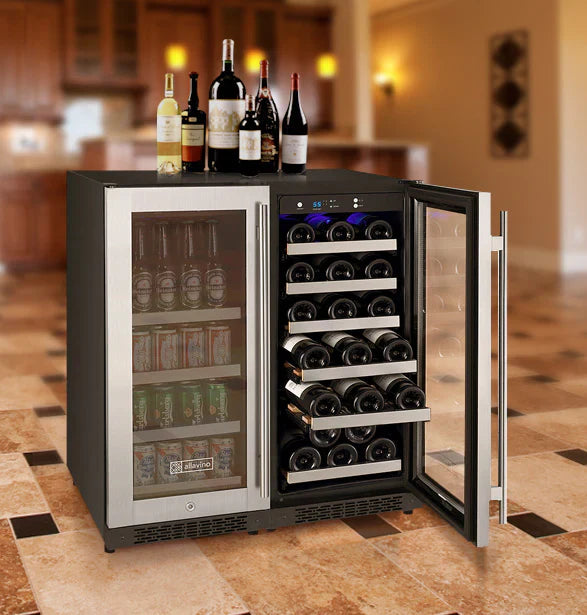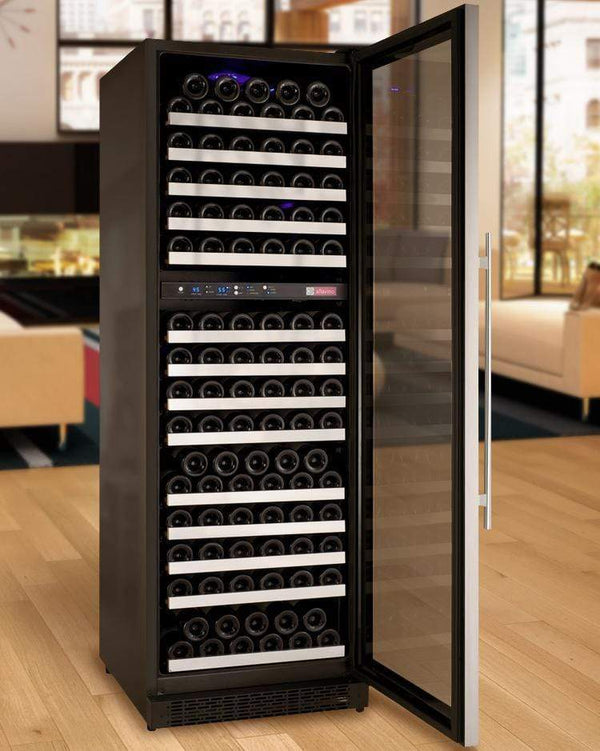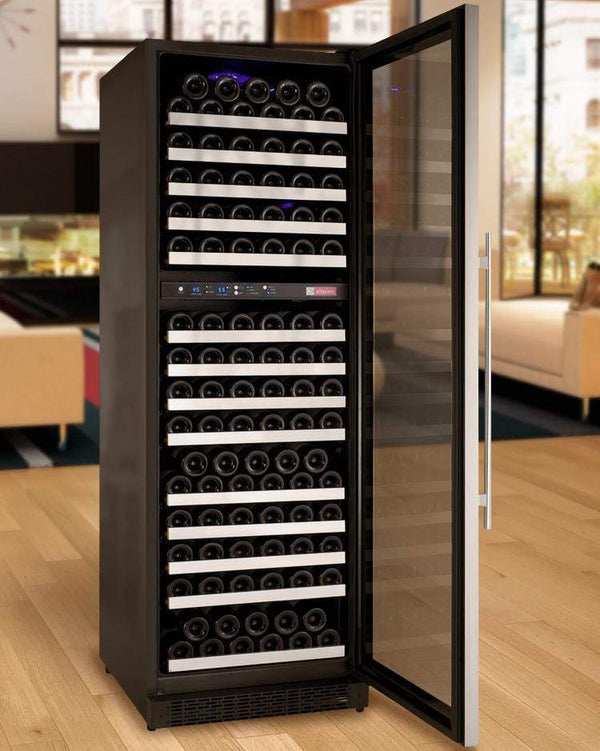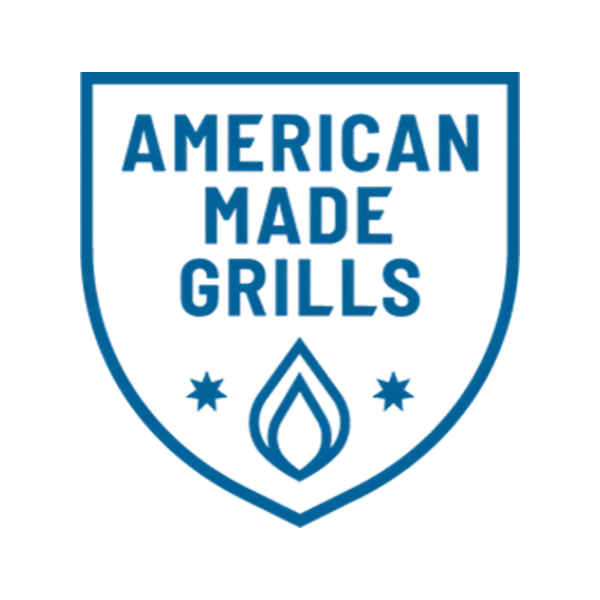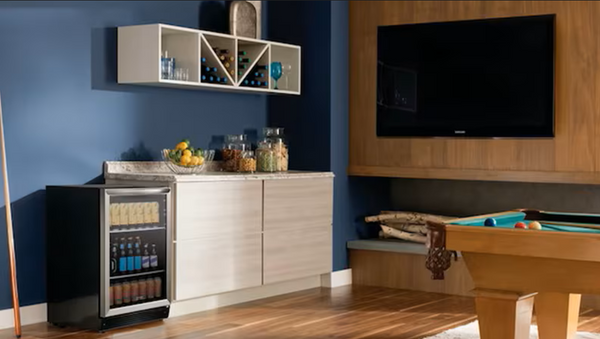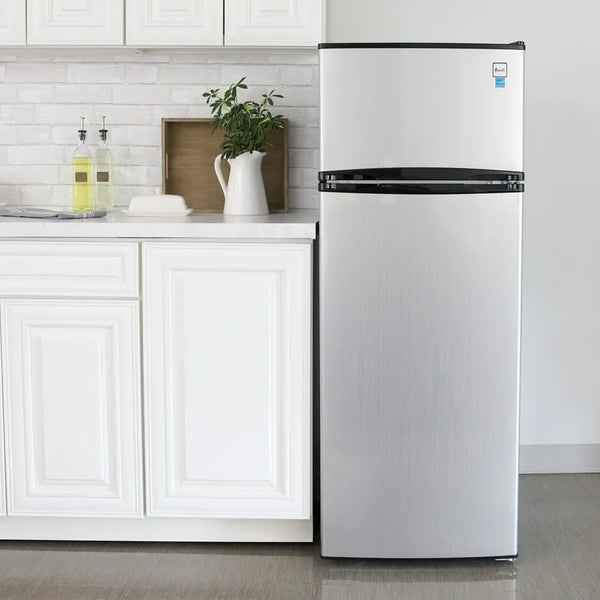How to Choose the Best Wine Refrigerator for Your Needs
Why a Wine Refrigerator Is Worth It (Even for Beginners)
By Jim Hopper, Wine Cooling Expert
Whether you’re just starting to explore wine or have a growing collection of prized bottles, a wine refrigerator is one of the smartest investments you can make. Proper storage isn’t just about keeping wine cool—it’s about protecting flavor, aroma, and value. Even if you only keep a few bottles on hand, a dedicated wine fridge ensures every glass tastes as the winemaker intended.
For beginners, a compact under counter wine cooler is a perfect first step—ideal for kitchens, apartments, or home bars. As your passion grows, you might graduate to a larger freestanding wine cooler or even a built-in wine cooler. Restaurants and serious collectors often opt for large wine coolers or custom storage solutions.
For a comprehensive overview of wine fridge types, features, and buying tips, check out our Wine Refrigerator Buying Guide.
Want to see the top picks for every need and budget? Explore our expert-curated list of the best wine fridges.
Expert Insights: What Matters Most in Wine Storage
Wine professionals and appliance experts agree: Good storage is the foundation of a great wine-drinking experience. Proper storage preserves taste, aroma, and the long-term value of your collection.
Key advice from the pros:
- Buy bigger than you think you need. Collections tend to grow, and wine fridges rarely hold their advertised capacity due to bottle shapes and stacking. As one sommelier put it, “Get a fridge that’s double the size you think you’ll need.”
- Consistency trumps complexity. A fridge that maintains a steady temperature protects wine better than one with fancy features but unreliable performance.
- Customer service and warranty matter. Even the best appliances can have issues—responsive support and a solid warranty are essential.
Our recommendations are based on in-depth research, expert interviews, and analysis of customer feedback and industry reviews.
What Makes a Great Wine Refrigerator?

When searching for the best wine fridge, keep these essential criteria in mind:
- Temperature Consistency: Look for models that maintain a steady temperature (ideally 45–65°F) and offer precise digital controls. Fluctuations can spoil wine by pushing corks out or letting air in.
- Build Quality: Sturdy shelves, solid or UV-protected doors, and quality materials reduce vibration and ensure longevity.
- Capacity (and Realistic Expectations): Fridges often hold fewer bottles than advertised, especially with larger or non-standard bottles. Experts recommend sizing up: choose a model with at least twice your current storage needs.
- Noise Level: Quieter models are ideal for living spaces; check user reviews for real-world feedback.
- Adjustable Shelves: Flexibility to store bottles of various shapes, including Champagne or magnums.
- Features: Consider extras like dual zone wine coolers, humidity control, locks, and carbon filters.
- Customer Support & Warranty: Look for at least a 1-year warranty (3–5 years on sealed system parts is even better) and a responsive support team.
If you’re new to wine storage, start with Wine Coolers 101 for a beginner-friendly overview.
The Science of Wine Storage: Why It Matters
Wine is a living, evolving beverage—sensitive to heat, light, humidity, and vibration. Even short-term exposure to the wrong conditions can dull flavors, fade aromas, or spoil wine entirely. A dedicated wine fridge creates stable conditions, far outperforming regular refrigerators or room-temperature storage.
- Temperature: Fluctuations can push corks out or let air in, leading to oxidation and spoilage.
- Light: UV rays degrade wine, causing off flavors. Solid or UV-tinted doors are best.
- Humidity: Low humidity dries out corks; high humidity can cause mold. Aim for 50–70% humidity for long-term storage.
- Vibration: Excess movement stirs up sediment and can affect aging—quiet operation is a plus.
What Is a Wine Cooler?

A wine cooler (or wine refrigerator) is a specialized appliance designed to store wine at optimal temperature and humidity. Unlike standard fridges, wine coolers maintain a consistent range (usually 40–65°F) and often include features like adjustable shelving, digital controls, interior lighting, and carbon filters.
Wine coolers come in a variety of styles and finishes, from sleek stainless steel to classic black or wood trim. Choose between freestanding wine coolers or built-in wine coolers that blend into your cabinetry.
Curious about how wine coolers differ from beverage coolers and regular refrigerators? Read our full breakdown: Wine Cooler vs. Beverage Cooler vs. Refrigerator.
Top Wine Refrigerator Brands and Standout Models
When selecting a wine cooler, consider these reputable brands and their standout models:
-
Allavino: Versatile coolers with customizable shelving and wide temperature ranges.
*Featured: *Allavino FlexCount II Tru-Vino 172 Bottle Black Right Hinge Wine Fridge VSWR172-2BR20 -
Avanti: Compact, stylish fridges for smaller spaces.
*Featured: *Avanti 165 Bottle Single-Zone Wine Cooler WCF165S3SS -
Bertazzoni: Italian craftsmanship meets modern technology.
*Featured: *Bertazzoni 24 inch Left Door Built-in Wine Cellar REF24WCPIXL/23 -
Cavavin: High-performance, quiet operation, and precise temperature control.
*Featured: *Cavavin Vinoa 30" Single Zone Freestanding with 265 Bottles Capacity V-265WSZ -
Lanbo: Dual-zone coolers with large capacities—great for collectors.
*Featured: *Lanbo Luxury 289 Bottles Dual Door Stainless Steel Wine Coolers LW328SD -
Liebherr: Energy-efficient models with advanced cooling technology.
*Featured: *Liebherr 24" Freestanding Wine Storage Dual Zone - Peak W5270 -
Smith & Hanks: Affordable, user-friendly coolers with adjustable shelves.
*Featured: *Smith & Hanks 166 Bottle Dual Zone Smoked Black Glass Wine Fridge RW428DRG -
Summit: Elegant built-in and freestanding coolers for any décor.
*Featured: *Summit 102 Bottle 24" Wide Wine Fridge SWC1102 -
Whynter: Innovative features like thermoelectric cooling and UV-protected glass.
*Featured: *Whynter 164 Bottle Built-in Stainless Steel Dual Zone Compressor Wine Refrigerator BWR-1642DZ
Tip: When comparing models, check real-world user reviews for insights on noise, reliability, and ease of use.
How Top Wine Refrigerators Compare to the Competition
When evaluating the best wine refrigerators, several brands and models consistently stand out for their build quality, reliability, and customer support. However, there are important differences to consider, especially when comparing them to other products on the market.
1. Capacity and Flexibility
- Wine Enthusiast Classic 80: Offers a strong balance of storage (about 80 bottles), sliding shelves, and a single-zone design. While it’s praised for quiet operation and reliable temperature control, it’s not designed for built-in use. Like many fridges, actual capacity is often less than advertised due to varying bottle shapes.
- EuroCave La Première S: Known for customizable shelving and a solid door option to protect wine from light. Its premium price reflects its restaurant-quality build and longevity, but installation can be more involved.
- Allavino FlexCount II Tru-Vino: Stands out for its large capacity and adjustable racks, making it ideal for collectors with diverse bottle sizes. However, it requires significant space and may be oversized for casual users.
- Avanti and Smith & Hanks: These brands offer compact, affordable options for smaller spaces. While they provide basic features, they may lack the advanced controls and durability found in higher-end competitors.
2. Temperature Consistency and Zones
- Single-Zone vs. Dual-Zone: Single-zone models like the Wine Enthusiast Classic 80 and EuroCave La Première S are generally more reliable and offer more storage space. Dual-zone models (e.g., Lanbo LW328SD) appeal to those who want to store reds and whites at different temperatures, though some experts caution about potential reliability trade-offs due to more complex compressors.
Looking for the best dual-zone options? Explore our dual zone wine coolers or see our guide to the best dual zone wine coolers.
3. Features and Build Quality
- EuroCave and Wine Enthusiast are recognized for higher-end features such as UV protection, solid doors, and quality shelving. EuroCave’s charcoal filter and humidity monitoring set it apart for those storing wine long-term.
- Allavino provides extensive customization with its shelving and wide temperature range, while brands like Whynter offer innovative features like thermoelectric cooling in select models.
4. Warranty and Support
- EuroCave leads with a five-year warranty on sealed system parts, reflecting its confidence in durability. Wine Enthusiast and Lanbo typically offer three-year warranties on sealed systems, while most brands provide at least one year on parts and labor.
- Customer service varies: Wine Enthusiast is frequently praised for responsive, wine-focused support, while some budget brands receive mixed feedback.
5. Price and Value
- EuroCave is the premium choice, ideal for serious collectors willing to invest in longevity and performance.
- Wine Enthusiast and Allavino offer a strong balance of features and price, making them popular among enthusiasts and growing collectors.
- Avanti and Smith & Hanks are best for those seeking affordability and compact size, but may compromise on advanced features or long-term reliability.
Key Takeaways

- Premium brands like EuroCave and Wine Enthusiast excel in build quality, temperature stability, and customer support, but come at a higher price.
- Mid-range options such as Allavino provide excellent capacity and customization for the price, though they require more space.
- Budget and compact brands suit casual drinkers or those with limited space, but may lack advanced features or long-term durability.
Head-to-Head: How Top Wine Refrigerators Compare
Choosing between top wine refrigerator brands often comes down to the details. Here’s how some of the most popular models stack up:
| Brand/Model | Capacity | Zones | Key Features | Warranty | Customer Support | Notable Weaknesses |
|---|---|---|---|---|---|---|
| Allavino FlexCount 172 | 172 bottles | Dual | Customizable racks, wide temp range | 1 yr (parts/labor) | Responsive, US-based | Large footprint |
| Avanti WCF165S3SS | 165 bottles | Single | Compact design, stylish look | 1 yr (parts/labor) | Mixed reviews | Limited advanced features |
| EuroCave La Première | 98 bottles | Single | Removable shelves, solid insulated door | 1 yr / 5 yrs (sealed) | Consultation available | High price |
| Wine Enthusiast 80 | 80 bottles | Single | Sliding shelves, UV-resistant glass | 1 yr / 3 yrs (sealed) | Excellent, wine-focused team | Not compatible with built-in setups |
| Lanbo LW328SD | 289 bottles | Dual | Large capacity, dual-pane glass doors | 1 yr / 3 yrs (sealed) | Helpful, lesser-known brand | Requires significant floor space |
Which Wine Fridge Is Best for Your Needs?
To help you decide, here’s a side-by-side summary of where each top brand excels—and where they may fall short:
Brand/Model Best For Strengths Weaknesses/Trade-Offs Wine Enthusiast Classic 80 Growing collections, beginners Reliable temp control, quiet, great support Not built-in compatible, actual capacity lower EuroCave La Première S Serious collectors, long-term Exceptional build, solid door option, longevity High price, more complex installation Allavino FlexCount II Customization, large capacity Adjustable racks, wide temp range Large footprint, requires more space Avanti Small spaces, affordability Compact, stylish, budget-friendly Fewer advanced features, mixed temp consistency Lanbo LW328SD Entertainers, big collections Dual doors, large capacity, dual zones Requires significant space, less-known support
Interested in seamless integration? Check out our built-in wine coolers or see our recommendations for the best built-in wine fridges.
For small spaces, see our under counter wine coolers or our list of the best under counter wine fridges.
What Real Owners and Experts Say
User experience often reveals differences that specs can’t show. For example, many owners of the Wine Enthusiast Classic 80 praise its quiet operation and reliable temperature control, but note that it holds fewer bottles than advertised. EuroCave users highlight its ability to maintain stable conditions even in fluctuating environments, but mention that delivery and setup can be more involved. Compact brands like Avanti are appreciated for fitting into small spaces, though some users report less consistent temperature performance.
Expert insight:
“Single-zone fridges like the Classic 80 are more reliable and generally last longer than dual-zone models, which have more parts and can be harder to repair.”
— Appliance Service Technician
Customer Support: Why It Matters
Support and warranty policies can be just as important as the fridge itself. Wine Enthusiast is frequently praised for wine-focused phone consultations and in-home delivery options, while some budget brands may offer only basic support. EuroCave’s five-year warranty on sealed system parts reflects its confidence in long-term reliability, but installation may require more planning.
Reliability and Longevity
If you want a fridge that lasts a decade or more, premium brands like EuroCave and Wine Enthusiast are strong bets. Their compressors, shelving, and insulation are built for longevity, and extended warranties offer peace of mind. In contrast, some budget models may be more prone to temperature fluctuations or early compressor failure, especially in dual-zone designs.
Bottom line:
Comparing top wine refrigerators goes beyond the feature list. Consider your space, collection size, and how much you value customer support, long-term reliability, and ease of installation. By weighing these real-world differences, you’ll find the best wine fridge for your unique needs and enjoy your collection with confidence.
Which Wine Fridge Offers the Best Value?
For most collectors, Wine Enthusiast and Allavino provide an excellent mix of features and support for the price. EuroCave is ideal for those who want the highest quality and are willing to invest more. Compact brands like Avanti suit small spaces but may lack advanced features found in larger models.
Types of Wine Refrigerators: Pros and Cons
Single-Zone Wine Coolers
- Pros: Simpler design, more storage space, usually lower cost.
- Cons: Only one temperature setting—best if you mostly drink one wine type.
- Reliability: Generally more reliable and maintain steadier temperatures.
- Shop: single zone wine coolers
Dual-Zone/Multi-Zone Coolers
- Pros: Store reds and whites at their ideal temperatures; more flexibility.
- Cons: Slightly less storage space; can be more expensive; more parts to maintain.
- Note: Some experts caution that dual-zone models may have higher failure rates due to more complex compressors.
- Shop: dual zone wine coolers
Freestanding Wine Coolers
- Pros: Flexible placement, generally more affordable, easy to move.
- Cons: Require space around them for ventilation; not suitable for built-in installation.
- Shop: freestanding wine coolers
Built-In Wine Coolers
- Pros: Seamless look, space-saving, integrates with cabinetry.
- Cons: Higher installation cost; fixed placement; must ensure proper ventilation.
- Shop: built-in wine coolers
Under Counter Wine Coolers
- Pros: Compact, fits under countertops.
- Cons: Smaller capacity.
- Shop: under counter wine coolers
Large Wine Coolers
- Pros: High capacity for collectors or businesses.
- Cons: Require more space and a higher investment.
- Shop: large wine coolers
How Much Capacity Do You Need?
Wine fridges rarely hold the maximum number of bottles advertised, especially if you buy larger California reds, tall Rieslings, or Champagne. Experts recommend:
- Buy at least double your current needs. Collections grow fast, and you’ll appreciate the extra space.
- Account for bottle shapes. Non-Bordeaux bottles can reduce actual capacity by 20–40%.
User Type Recommended Fridge Type Capacity Range Beginner/Small Space Under counter wine coolers Up to 50 bottles Entertainer Dual zone wine coolers, mid-size 50–150 bottles Collector/Business Large wine coolers, built-in 150+ bottles Occasional Drinker Single zone wine coolers, compact <30 bottles
Key Features to Consider
- Temperature & Humidity Control: Look for precise digital controls and humidity management. Dual-zone models let you keep reds and whites at their best.
- UV Protection: Choose solid or UV-tinted glass doors to shield wine from damaging light.
- Adjustable Shelves: Needed for storing various bottle shapes and sizes.
- Locking Doors: Add security for valuable collections or homes with children.
- Noise Level: Thermoelectric models are quieter but less common in larger sizes; modern compressor models often include sound-dampening features.
- Warranty & Support: Look for at least 1 year on parts, 3–5 years on sealed system; responsive customer service is invaluable.
Wine Coolers vs. Standard Refrigerators

Feature Wine Coolers Standard Refrigerators Purpose Store wine at optimal temp Store food at low temps Humidity 50–70% (ideal for wine) Usually <10% Temperature 40–65°F ~40°F (too cold for wine) Bottle Capacity Designed for wine bottles General food storage Price Usually less expensive More expensive overall
Bottom line: Regular fridges can dry out corks, cause temperature fluctuations, and lack the humidity wine needs. A wine cooler is purpose-built to protect your collection.
Placement, Space, and Door Considerations
- Location: Common places include kitchens, home bars, or any room with stable temperature and proper ventilation.
- Ventilation: Freestanding models need space around them (especially at the back); built-in models vent from the front.
- Door Type: Solid or UV-tinted glass doors provide the best light protection. Reversible hinges add placement flexibility.
- Design: Higher-end fridges may offer decorative finishes or lighting for those seeking a stylish addition to their space.
Care & Maintenance: Keeping Your Wine Fridge in Top Shape

- Cleaning: Wipe the interior with a gentle baking soda solution every few months.
- Seals: Check door gaskets for a tight fit to prevent air leaks (try the dollar bill test).
- Ventilation: Ensure space around the fridge for airflow; keep vents and compressors dust-free (use a vacuum for regular cleaning).
- Filters: Replace charcoal or carbon filters as recommended by the manufacturer.
- Noise: If you notice new or excessive noise, check for leveling or compressor issues.
- Compressor Care: Place your fridge where it can get good air circulation and avoid high-heat locations, which can strain the compressor.
With proper care, most wine fridges last 10 to 15 years.
Alternative Storage Solutions
If you’re not ready to invest in a wine fridge:
- Short-Term: Store bottles in a regular fridge for up to a month.
- Cool Basement: A consistent, cool, dark basement can work for basic storage.
- Used Wine Fridges: Look for reputable brands, ask about age, warranty, and temperature performance. Inspect for mold, odors, and seal condition.
- Offsite Storage: For large or rare collections, professional wine storage facilities offer climate-controlled environments—ideal for investment-grade bottles. Note that offsite storage may pose access and tracking challenges.
Special Considerations: Natural, Organic, and Delicate Wines
Natural and organic wines are often more sensitive to storage conditions. They benefit most from stable temperature, humidity, and protection from light. If your collection includes these bottles, prioritize a fridge with precise controls and solid or UV-blocking doors.
Final Thoughts
Choosing the best wine refrigerator means matching your needs, space, and budget with the right features and capacity. Buy bigger than you think you need, prioritize temperature consistency and UV protection, and invest in a model with a solid warranty and support. With the right wine fridge, you’ll protect your collection and enjoy every bottle at its best—now and for years to come.
📚 Frequently Asked Questions (FAQs)
Are wine fridges worth it?
How long do wine fridges last?
Why are wine fridges expensive?
Are all wine fridges noisy?
Where is the best place to put a wine fridge?
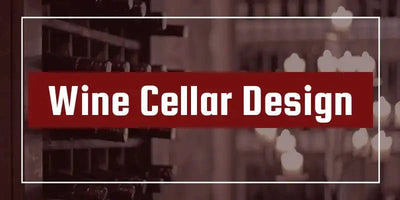
Designing or Upgrading a Wine Cellar?
We got you! Here at Wine Coolers Empire, we will guide you in building your dream wine cellar.


